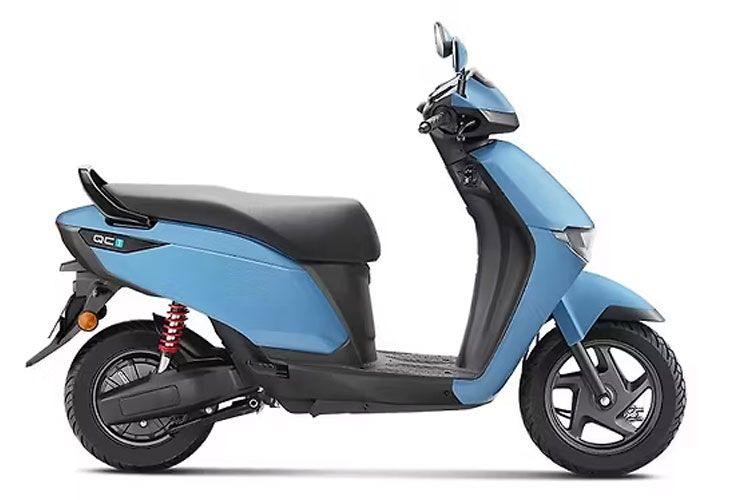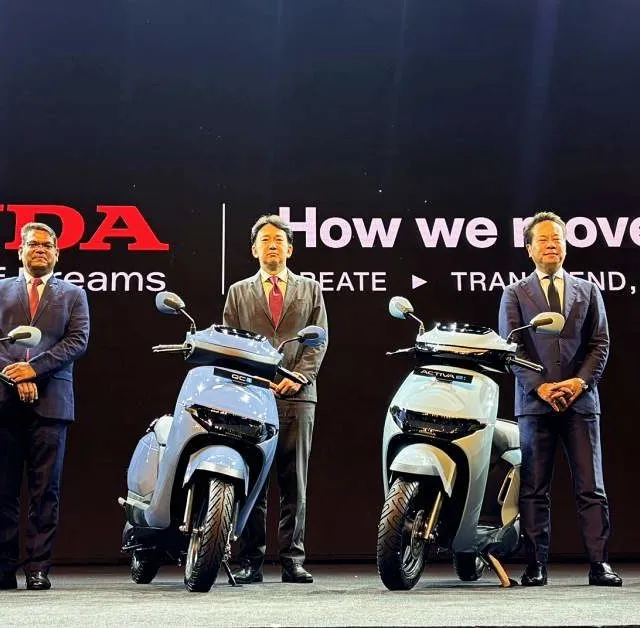Honda Activa-e, QC1 Electric Scooters' Production Halted: We Explain Why


Honda has not manufactured a single unit of the Activa e: or QC1 electric scooters since August 2025, according to production data, marking a complete halt barely ten months after the brand entered the Indian electric two wheeler market in January 2025. Between February and July, Honda produced 11,168 units of these two models but dispatched only 5,201 units to dealers, which means more than half the scooters built are still unsold.

This low off take has left Honda with a sizeable inventory overhang and is the main reason behind the stoppage. With scooters already parked at company yards and dealer stockyards, building more units without clear demand would only increase carrying costs and force deep discounts later.
Between February and June 2025, the QC1 clearly outsold the Activa e:. The QC1 accounted for 86 percent of combined sales with 4,252 units, while the Activa e: managed only 698 units. By July, total Activa e: sales since launch had reached just 740 units.

For a brand whose petrol Activa regularly sells more than 200,000 units a month and has dominated scooter charts for over two decades, this response to the electric Activa is a sharp contrast. The numbers suggest that buyers have not accepted the Activa e: formula in its current form, even though the badge itself enjoys very strong recall.
The QC1 has done relatively better, helped by its lower ex showroom Delhi price of ₹94,422 and the convenience of a portable charger. Owners can plug it into a standard household socket, so there is no need to depend on any special infrastructure.
In comparison, the Activa e:, priced at ₹1.17 lakh, relies fully on Honda’s swappable battery network. That network is active only in Bengaluru, Mumbai and Delhi, while the QC1 is retailed in six cities Bengaluru, Hyderabad, Mumbai, Pune, Delhi and Chandigarh. This gap in coverage matters in daily use.

The biggest structural issue is the battery swapping strategy. Swappable systems work only when there is a dense grid of swap stations so that owners are almost always within five to seven kilometres of a battery point. With swapping available in just three cities, many potential buyers face the risk of long detours to reach a station or range anxiety if they travel outside the core network.
The QC1’s portable charging approach has its own trade offs. It allows Honda to sell in more cities without investing heavily in physical stations, but it depends on owners having access to a plug point where the scooter is parked. Flat dwellers without powered parking spaces can find this difficult. Owners of independent houses with private parking are better placed to use such a setup.

On top of this, the Activa e: is seen as modest on performance and range when compared to rivals like the TVS iQube and Bajaj Chetak. These competitors offer home charging, competitive pricing, stronger performance and usable real world range. The iQube delivers about 82 kilometres of range from its 4.4 kWh battery, while the Chetak offers similar range with robust build and the support of Bajaj’s service network.
Zero production in August, September and October 2025 suggests that Honda is focused on clearing the backlog before it builds any more scooters. The dispatch rate of 46.6 percent shows that just under half the units produced have reached dealers, with the rest likely sitting in company stockyards awaiting orders that have not yet come.

If dealers are unable to move existing stock at current prices, Honda will have to choose between heavy discounting, discontinuing one or both models or revising them more fundamentally. Discounting would clear inventory but risks diluting price perception for future electric products carrying the Activa nameplate.
The experience also shows that strong brand equity in petrol segments does not automatically carry over to electric products. In the EV space, buyers are putting charging flexibility, range, performance and running costs ahead of legacy brand loyalty. Meanwhile, rivals such as TVS, Bajaj, Ola Electric and Ather Energy have already gone through several product and software iterations, improving battery management and charging options based on early user feedback.
For now, the production halt gives Honda breathing room to reassess its electric scooter strategy without formally announcing a withdrawal. Any decision to resume production will require either significantly improved versions that address charging, performance and value concerns or a willingness to absorb losses in the short term as part of a longer term shift toward electrification.